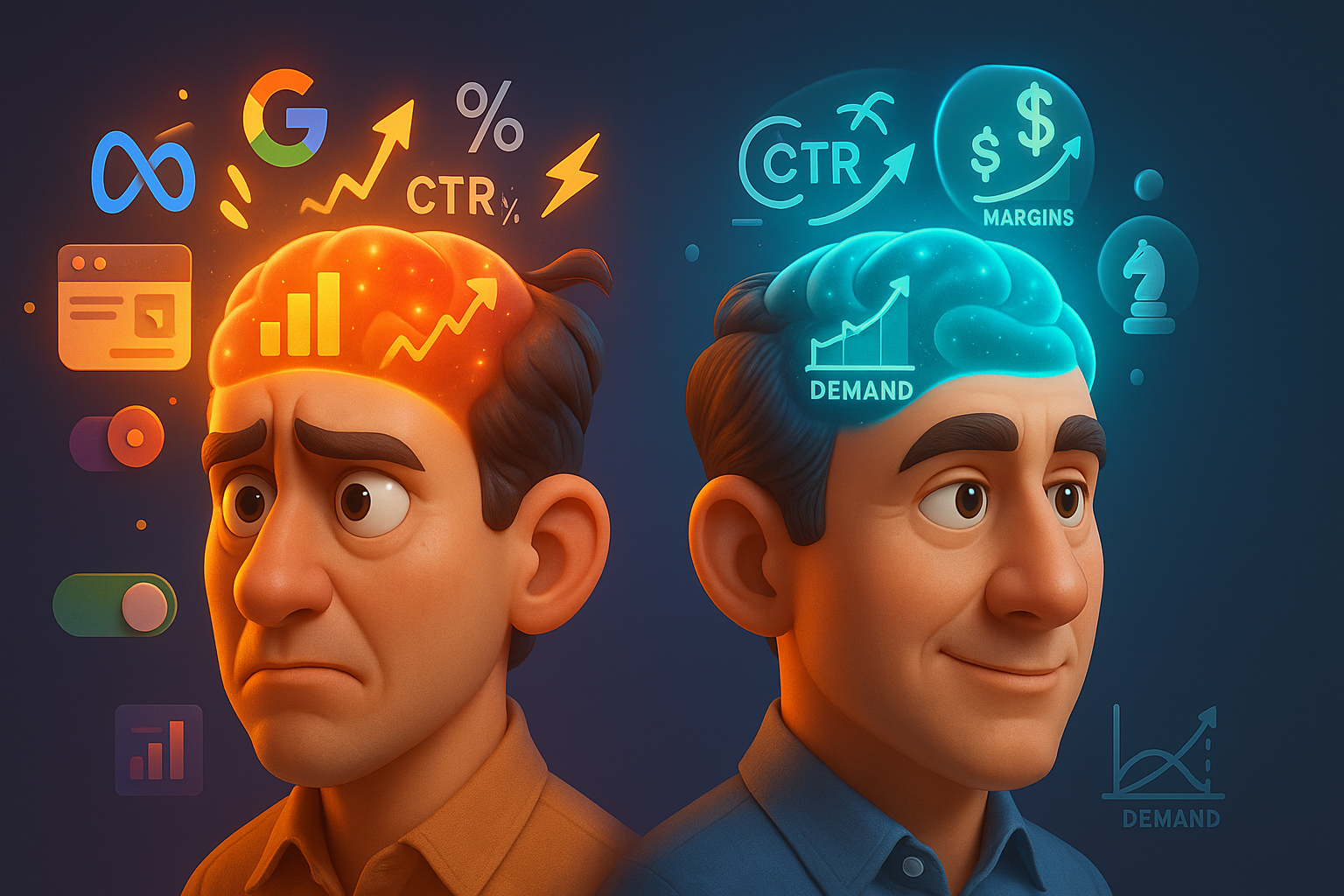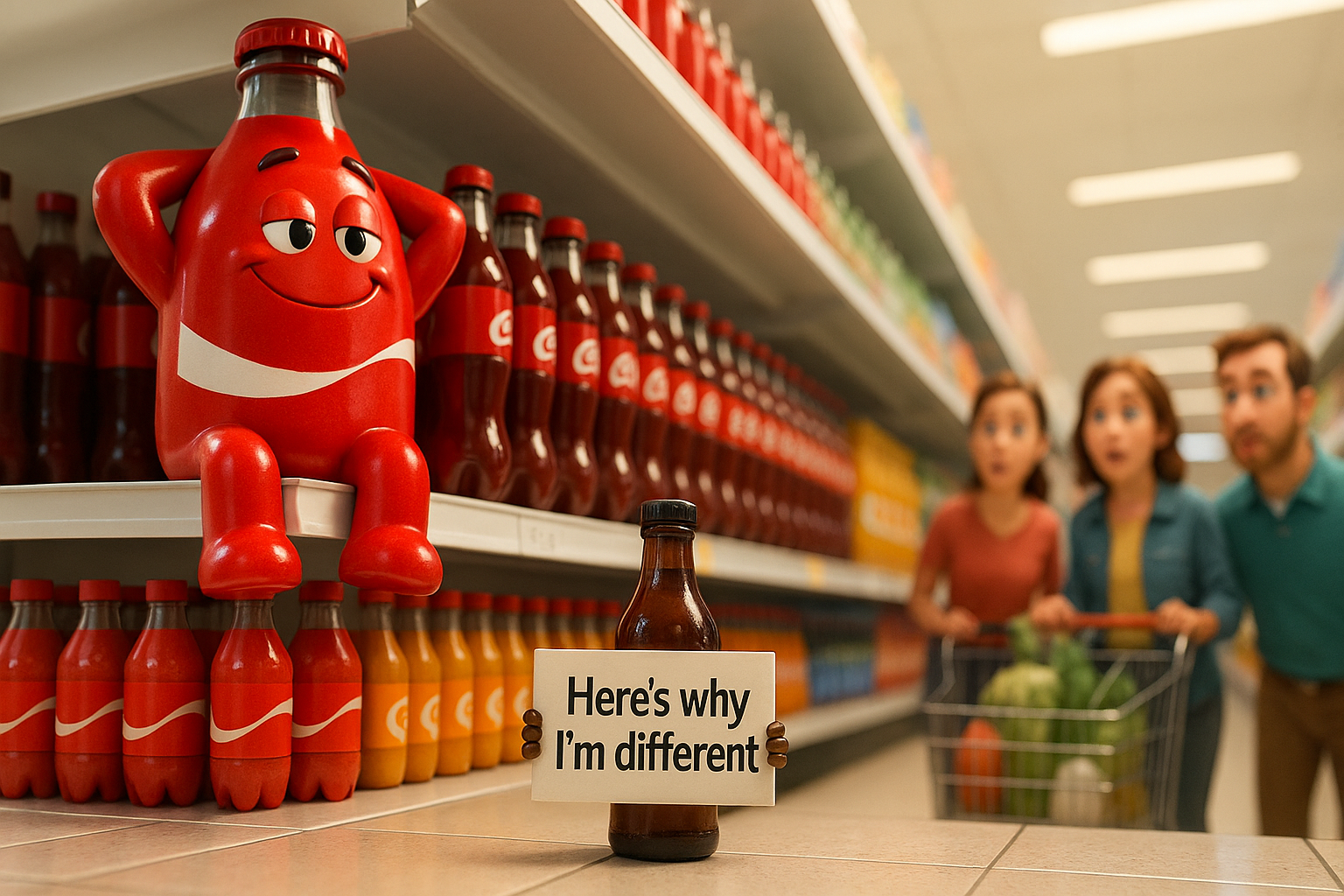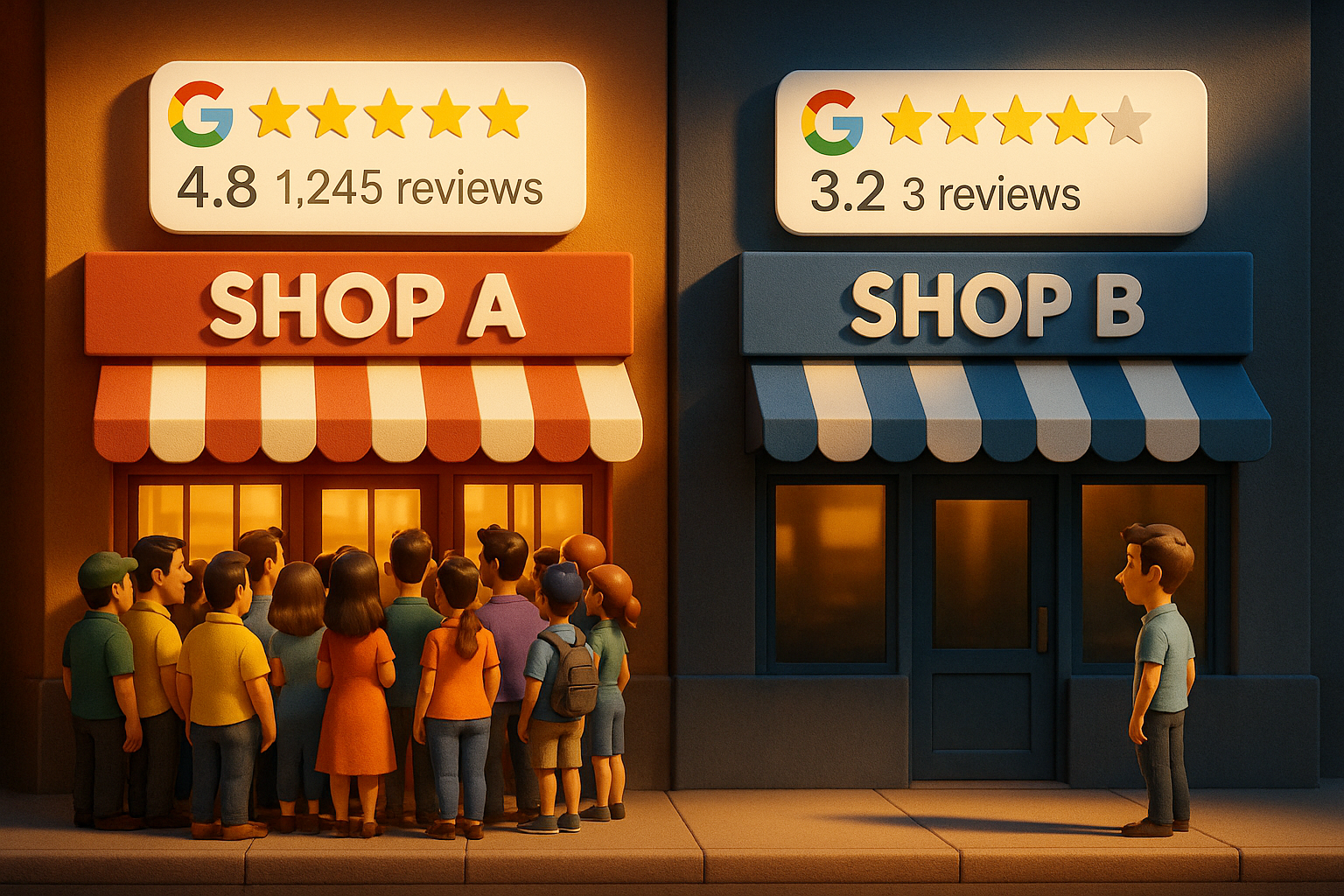The Battle Isn’t for Clicks. It’s for the Basket.
Why eCommerce Brands Must Master AOV & LTV to Survive in a Ruthless Market
Customer acquisition has never been more brutal. CPCs are climbing, Meta and Google ad auctions are oversaturated, and your competitors are hunting the same eyeballs with the same tools.
Winning a single sale isn’t enough anymore. The real winners in eCommerce aren’t the brands that squeeze a click for cheap, they’re the ones that turn that click into a higher basket (AOV) and a longer relationship (LTV).
Here are 10 proven, psychology-driven tactics every store should be using right now.
1. Progress Bars: Turning Carts into Competitions
Nobody likes leaving things unfinished. That’s why progress bars work so well.
- “You’re $15 away from free shipping.”
- “Only $20 left to unlock your free gift.”
These tiny nudges trigger the Goal Gradient Effect and Loss Aversion. Shoppers accelerate their effort as they get closer to the finish line, and they hate the idea of “missing out” on value.
A simple bar can lift average order value by 20–30% when done right.
2. Gamify the Experience: Make Spending Addictive
Humans are wired for games. Points, levels, streaks, they keep us hooked.
By turning shopping into a game — “Earn 500 points for this order” or “Unlock Silver Tier with just one more purchase”. You create a dopamine loop that keeps customers coming back.
This isn’t fluff; it’s the Endowed Progress Effect. Give them a head start, and they’ll fight to finish.
3. Spend X, Receive Y: The Anchored Voucher Trick
Want customers to spend more now and guarantee a repeat purchase later? Try this:
“Spend $100 today, receive a $50 voucher for your next order (min spend $100).”
It works because:
- The $100 becomes an anchor, customers benchmark against it.
- The voucher locks in reciprocity and commitment, they’ve already “earned” it, so they’ll come back to use it.
Suddenly, you’ve boosted both AOV and LTV with a single play.
4. Post-Purchase Upsells: The Easiest Yes You’ll Ever Get
The best time to sell? When the customer’s already said yes.
Post-purchase upsells include warranties, bundles, limited-time add-ons. They lean on Commitment & Consistency Bias. People want to stay consistent with their initial decision.
And because it’s frictionless (one click to add-on), it often feels like a reward, not a chore.
5. Bundling & Cross-Sells: Architect the Choice
Shoppers are lazy. Not stupid lazy. If you do the thinking for them, they’ll happily buy more.
Bundles (“Starter Kit”), curated recommendations (“Frequently Bought Together”), or obvious cross-sells (“This charger works with your phone”) increase basket size because they reduce decision friction.
This is Choice Architecture at work — guiding, not forcing, the customer’s hand.
6. Tiered Loyalty Programs: Nobody Wants to Lose Status
Airlines perfected this trick. eCommerce is just catching up.
By building Bronze, Silver, and Gold tiers, you’re weaponising Status Quo Bias. Once someone achieves Silver, they don’t want to “drop down.” That fear of loss keeps them buying.
Loyalty isn’t about points, it’s about status.
7. Subscription & Auto-Replenishment: The Default Bias
If you sell something consumable, subscriptions aren’t optional. They’re mandatory.
Because here’s the truth: once people set a default, they rarely change it. Psychologists call this the Default Effect.
Offer a small discount for auto-replenishment, and you’ve locked in recurring revenue without re-fighting the acquisition battle every month.
8. Scarcity & Urgency: Add Fuel to the Fire
A progress bar says what’s left to do. Scarcity adds when you must do it.
“Spend $150 in the next 2 hours to get your free gift.”
Now you’ve stacked Goal Gradient + Scarcity + Urgency. The most dangerous cocktail in marketing.
9. Personalised Recommendations: Social Proof at Scale
Amazon made billions on one phrase: “Frequently bought together.”
When you show personalised cross-sells, you’re combining Relevance Bias (people like things tailored to them) with Social Proof (if others bought it, it must be good).
It’s quiet persuasion — and it works.
10. Flexible Payments: Kill the Pain of Paying
Big baskets can be scary. Unless you remove the sting.
BNPL options like Afterpay, Klarna, or Zip work because they break a single “painful” price into smaller, digestible parts.
It’s Mental Accounting. $250 today feels heavy. 4 × $62.50 feels light.
This not only boosts AOV but also increases accessibility to premium products.
The Bottom Line
The game has changed. You can’t outbid your competitors forever. You can’t rely on cheap clicks. But you can outsmart them.
By using behavioural economics, progress bars, gamification, anchored vouchers, loyalty tiers, subscriptions, urgency, and more, you make every customer worth more.
🤔 The brands that survive aren’t the ones that acquire customers cheapest. They’re the ones that squeeze every drop of value from the customers they’ve already won.
Book A Session With A Sydney-Based Digital Growth Expert.
I work with a limited number of clients to keep quality high and focus sharp. If you’re ready to grow and want to see if we’re the right fit, fill out the form and let’s start the conversation.



